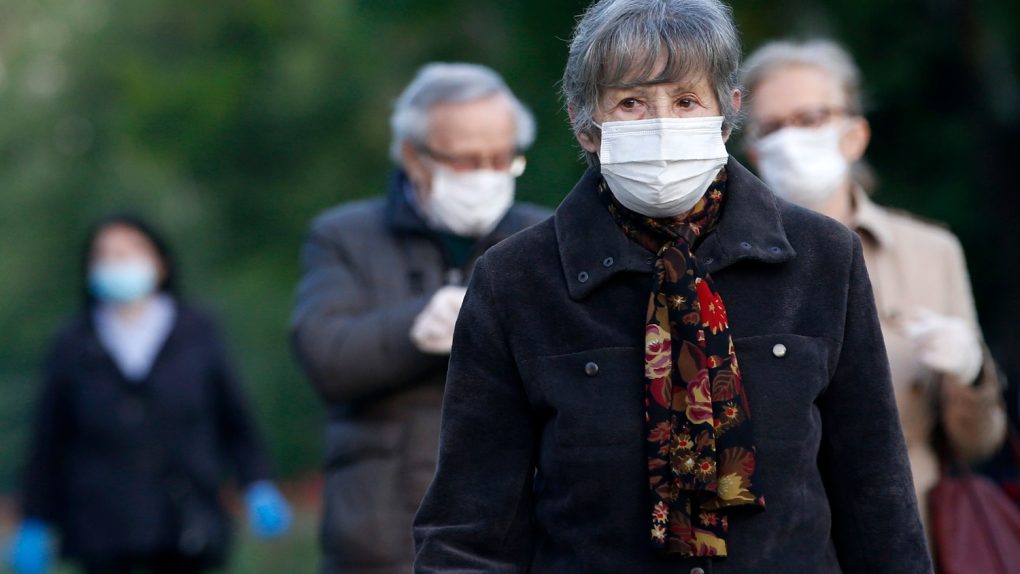- New findings from one of the earliest coronavirus patients in Italy suggest that traces of the virus can live in the eye for some 20 days.
- This reinforces the conventional wisdom, that one of the few methods of preventing the virus we have right now are the tried-and-true methods of washing your hands and avoiding touching your face.
- Visit BGR’s homepage for more stories.
By now, it should be pretty widely known that washing your hands thoroughly and often, along with not touching your face, are some of the strongest tools in our arsenal right now in terms of limiting the spread of the COVID-19 coronavirus. But for those of you who still aren’t paying sufficient heed to those best practices, perhaps this will wake you up in a hurry — the fact that a coronavirus patient in Italy has been found to have the virus living in her eye long after it had left her nose.
That’s according to researchers writing about the case of the 65-year-old woman who was Italy’s first confirmed coronavirus case in the journal Annals of Internal Medicine. In this case, the woman was exhibiting signs of conjunctivitis after being admitted to a hospital in January. A few days later, an eye swab found traces of the virus, and for the duration of her stay she submitted to additional eye swabs which showed the virus replicating, implying that the traces from her eye could be contagious.
“Human-to-human transmission occurs mainly through respiratory droplets, but other routes are under investigation, because SARS-CoV-2 has been detected in several body fluids,” the researchers note in their findings.
The virus was apparently able to be detected in the patient’s eye for up to 20 days. At that point, it seemed to go away, but then it made a reappearance a week later.
“We found that ocular fluids from SARS-CoV-2-infected patients may contain infectious virus, and hence may be a potential source of infection,” the researchers continued. “These findings highlight the importance of control measures, such as avoiding touching the nose, mouth, and eyes and frequent hand washing.”
This new finding comes at the end of another week when the virus continued spreading around the world, with confirmed cases now up to almost 2.8 million globally as of the time of this writing. That’s according to the latest numbers from Johns Hopkins University, which also show that there have been almost 196,000 deaths worldwide from the virus to-date.
In the US, according to that data, the number of confirmed cases stood at almost 890,000 by week’s end, with almost 51,000 people having died in the US from the virus. That’s almost the number of casualties the US suffered during the Vietnam War, which lasted years (compared to the two months or so the virus is known to have been circulating in the US).








